Aussie aces among Churchill’s heroic few in Battle of Britain
Winston Churchill stood up in the House of Commons to deliver a speech 75 years ago today. What came next was one of his most famous speeches and a powerful tribute.
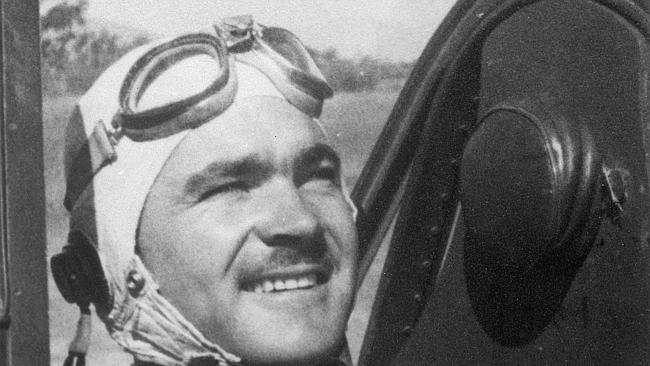
Today in History
Don't miss out on the headlines from Today in History. Followed categories will be added to My News.
Winston Churchill stood up in the House of Commons to deliver a speech 75 years ago today. What came next was one of his most famous speeches and one of the most powerful tributes ever to those who fight in defence of their country: “Never in the field of human conflict was so much owed by so many to so few”.
The few he was referring to were the nearly 3000 pilots and aircrew who had been fighting off the numerically superior German air force, the Luftwaffe, since the Nazis began their aerial onslaught on July 10, 1940. Hitler’s forces had defeated Allied troops in Europe, leading to the evacuation of British and other Allied troops in May and June 1940, and then the world waited to see if the Fuhrer would try to capture Britain.
HITLER ATTACKS
Hitler had hoped the British would see their position was hopeless and simply capitulate, but as Britain stood defiant he insisted plans be made for an invasion in August, 1940. The Germans were unprepared for an assault by sea, so the onus was placed on their air force to hammer Britain into surrender.
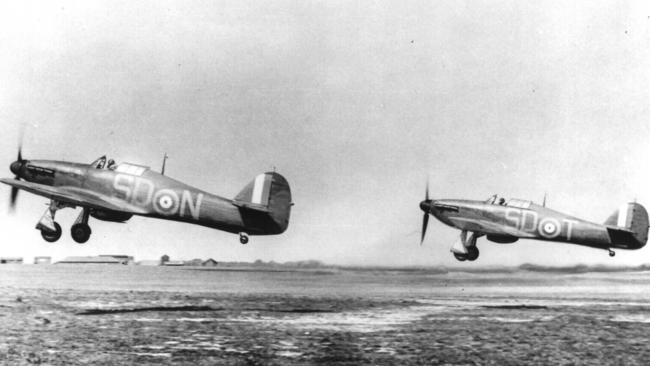
The Luftwaffe had thousands of planes and a large reserve of pilots they could throw into battle across the Channel, air superiority had been a decisive factor in their march across Europe. The Allies had fewer planes and pilots, although they had thousands more people helping out on the ground, including aircraft support crews, spotters, radar technicians and operators, but by any measure it was indeed a “few” compared to the millions of British citizens living in fear of Nazi invasion.
The airmen were predominantly British but there were pilots and crew from other countries including Belgium, Canada, Czechoslovakia, France, Ireland, Newfoundland (then still separate from Canada), New Zealand, Rhodesia, the US and about 30 Australian pilots.
There is some disagreement about the exact number of pilots who can be called Australian since at the time there was no Australian citizenship as such and Australians held a British passport. Some of the men were born in Australia to British parents who had migrated, some had migrated from Britain as children but identified as Australian and some had moved to Britain and considered themselves British.
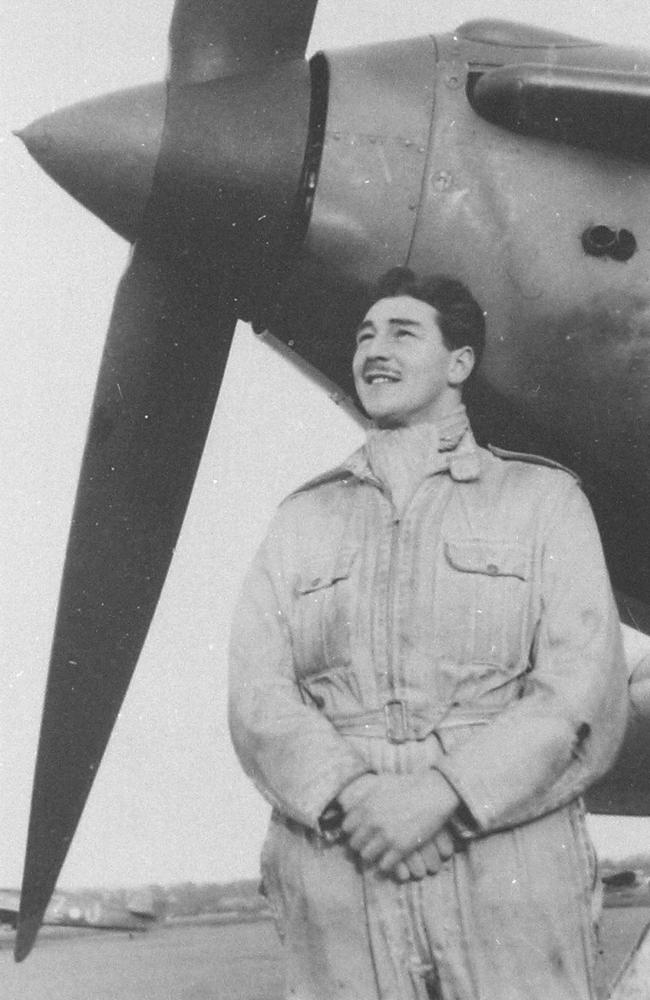
AUSTRALIAN HEROES
Among them was Dick Glyde, from Perth, whose Australian-born parents traced their English lineage back to the 13th century. Glyde had joined the RAAF but had been discharged in 1934 because of spinal curvature. He undertook a regimen of exercise to remedy the condition and later sailed to England where he joined the RAF in 1937.
He was one of the first Australians to get a confirmed kill when he shot down a German Me110 on July 11, 1940. During that same sortie fellow Australian Stuart Walch also shot down a Messerschmidt, both men recording the time as noon.
Born in Hobart, Walch applied for a commission with the RAF in the 30s. Both Walch and Glyde died in action during the Battle of Britain. In all 10 Australians would be killed during the action.
Pat Hughes, born in the Monaro region in 1917, was a descendant of First Fleet convicts. He also joined the RAAF in 1936 but after graduating, accepted a commission with the RAF. He grew a very British moustache and began to lose his Australian accent. He shot down 14 German planes during the Battle of Britain, several during Adlerangriff (“Eagle Attack”) when the Luftwaffe hurled the most planes into battle and sustained the worst losses. It was this phase of the battle that prompted Churchill’s August 20 speech praising the heroes of this new kind of warfare. Hughes was killed on September 7 while intercepting bombers. He was awarded a posthumous Distinguished Flying Cross.
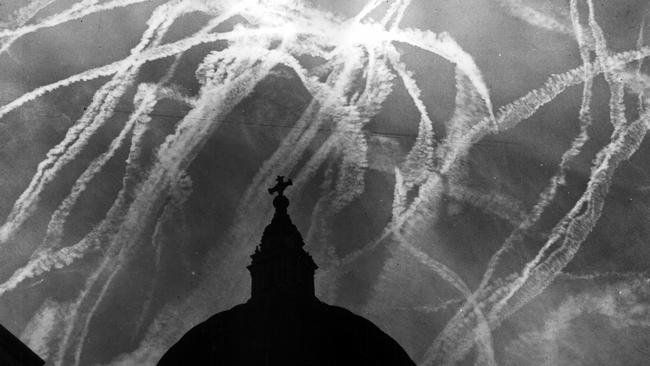
BRITAIN DEFIANT
Although Adlerangriff failed the struggle continued, but by mid-September it was clear that the tenacity and skill of Allied pilots, the radar early warning system and the lack of a clear strategy on the part of the Luftwaffe — made it impossible for the Germans to gain air superiority over Britain.
Hitler had never had a clear objective for the Battle of Britain. Initially the Luftwaffe bombed and strafed convoys in the English Channel. Later in July he ordered attacks on airfields. In August the focus changed to radar stations. Despite sustaining some damage the radar stations and airfields kept operating.
The RAF fighters concentrated on blocking the bombers and their fighter plane escorts but after German planes mistakenly bombed London the Allies retaliated by bombing Berlin. Enraged Hitler changed tack after September 7, concentrating on London and other cities, gaining him no strategic advantage. By the end of October he called off the invasion plans.
Acknowledgments to Australia’s Few And The Battle of Britain by Kristen Alexander (NewSouth)
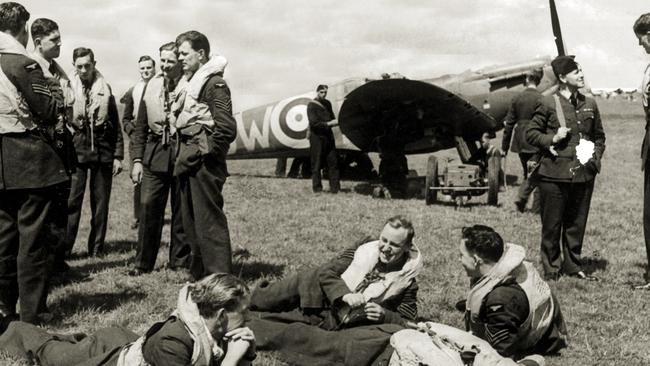
Originally published as Aussie aces among Churchill’s heroic few in Battle of Britain



